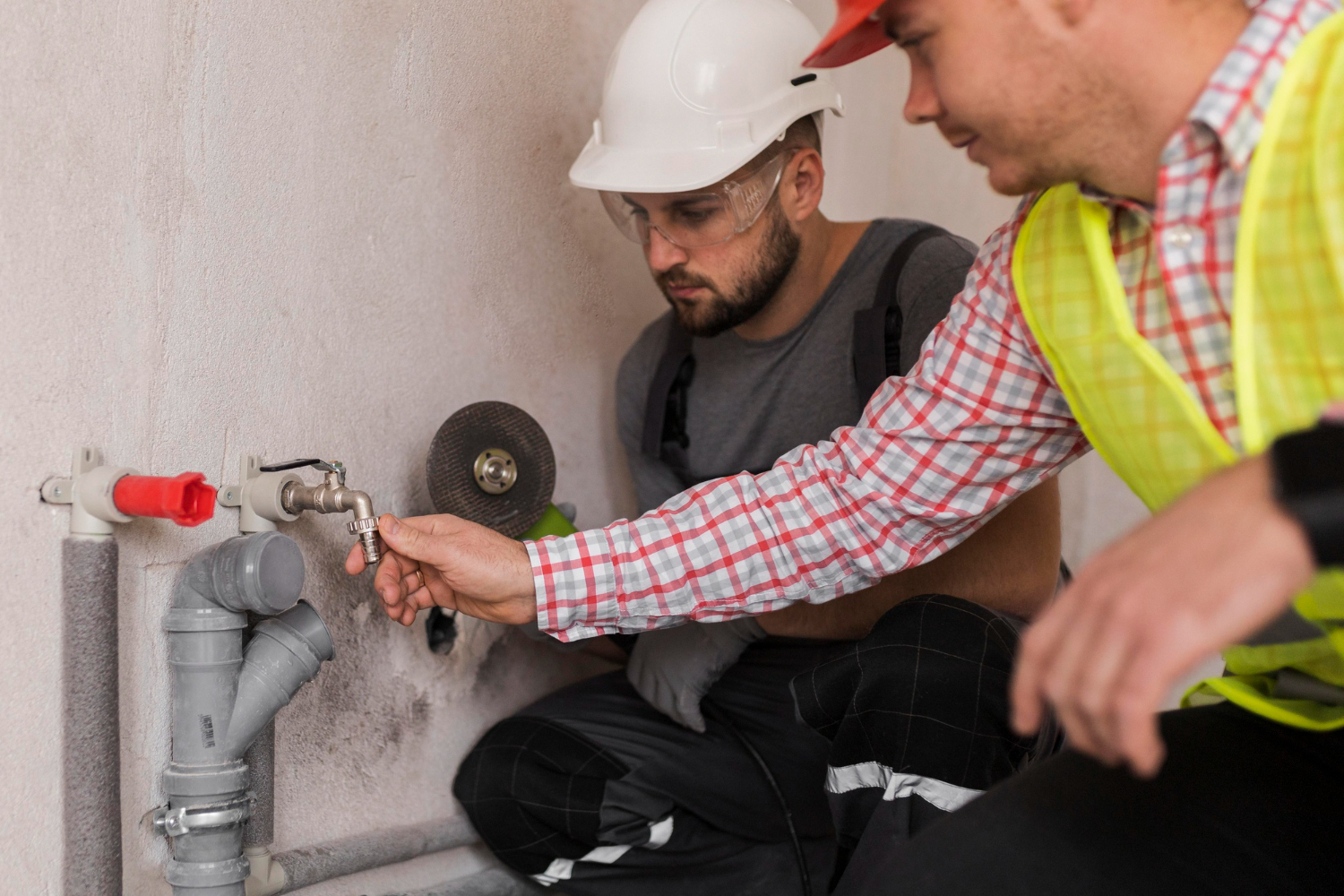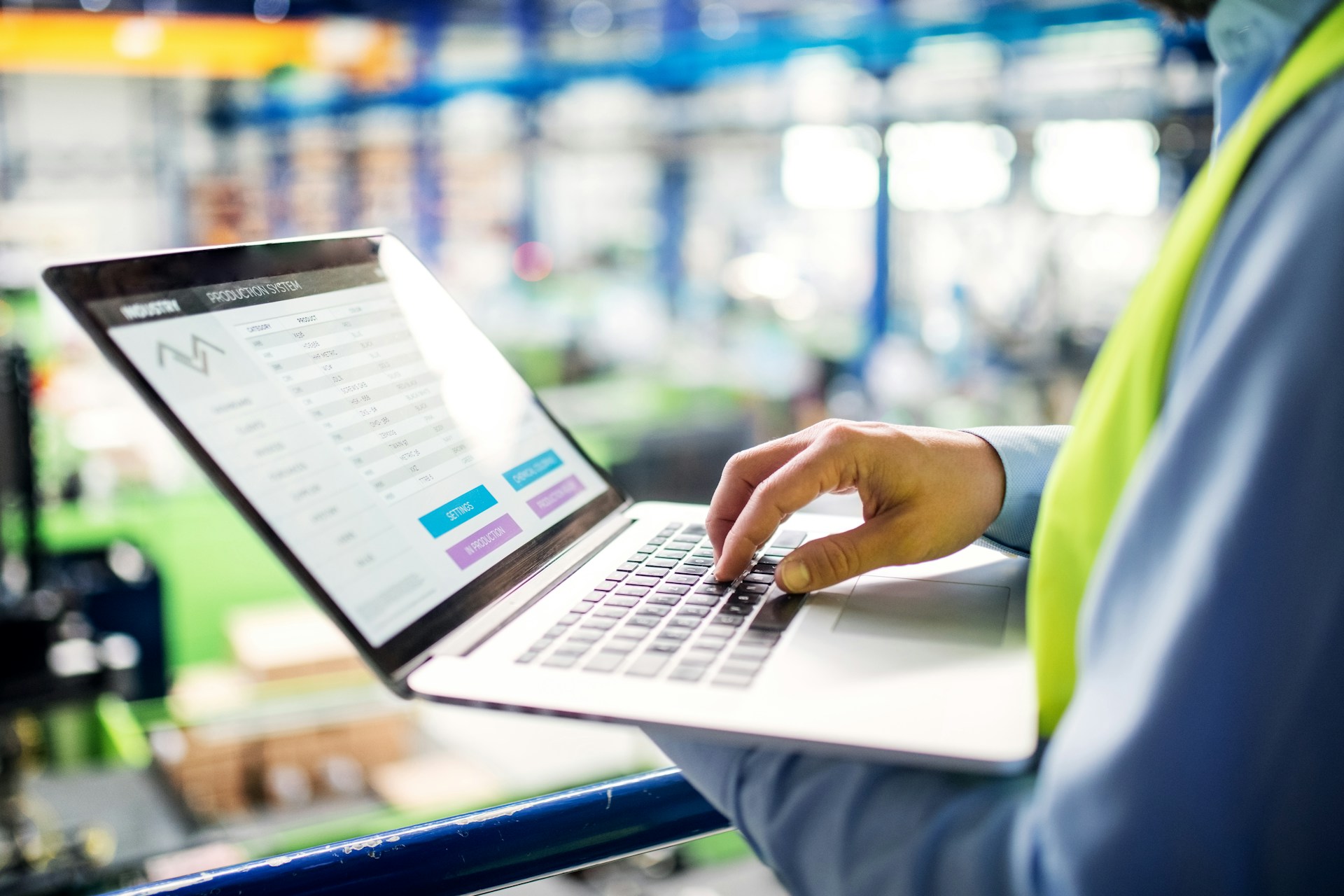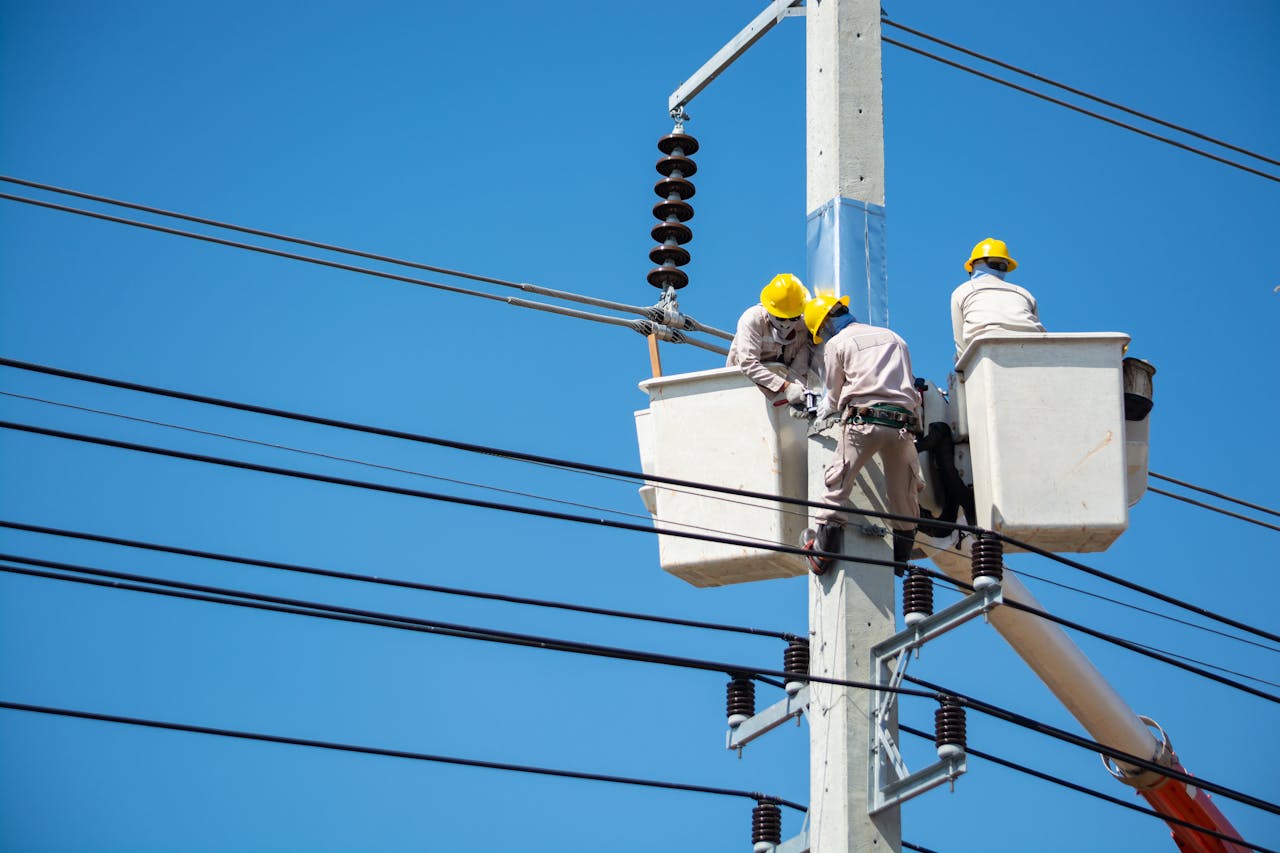Workplace safety is crucial, especially in high-risk industries like construction, manufacturing, and mining. Ensuring that all employees are well-trained in safety procedures is essential to prevent accidents and comply with regulations. Traditional training methods can be time-consuming and less effective. Digital OSHA safety training platforms offer a better solution.
Benefits of Digital OSHA Safety Training
Improved Accessibility and Flexibility
Digital OSHA safety training platforms offer unmatched accessibility and flexibility. Employees can access training modules from any location, whether on-site or remotely. This means they can fit training sessions around their work schedules, making it easier to ensure everyone completes their safety training on time. Additionally, digital platforms often come with mobile compatibility, allowing users to learn on their smartphones or tablets. This flexibility ensures that training is no longer limited to a specific time or place, facilitating continuous learning and compliance across the workforce.
Enhanced Learning Retention
One of the significant benefits of digital training platforms is improved learning retention. Traditional training methods, like lectures or printed manuals, can be monotonous and less engaging. Digital platforms use interactive elements such as videos, quizzes, and simulations to make learning more engaging. These features help hold the learner’s attention and make the material easier to remember. Studies have shown that interactive learning helps retain information better, leading to more effective training outcomes. Enhanced retention ensures that employees are well-prepared to apply safety protocols in real-life situations, reducing the risk of accidents.
Key Features of Effective Digital Training Platforms
Interactive and Engaging Content
Effective digital training platforms feature interactive and engaging content. Instead of passively reading or listening, workers can engage with the material through various multimedia elements. These include instructional videos, animated simulations, and hands-on exercises. By actively participating in the learning process, employees are more likely to understand and remember the safety protocols. Engagement tools like quizzes and gamification elements can also help reinforce knowledge and make learning enjoyable. This interactive content ensures that the training is not only informative but also captivating, leading to a more effective learning experience.
Real-Time Progress Tracking
Real-time progress tracking is another vital feature of effective digital training platforms. This feature allows supervisors to monitor employees’ training progress and ensure that everyone is on track. With real-time updates, managers can identify who has completed their training and who may need additional support. Tracking tools can also pinpoint areas where employees are struggling, allowing for targeted interventions. This ongoing monitoring ensures that no employee falls behind and that all are adequately trained. Real-time tracking helps maintain high training standards and ensures compliance with OSHA regulations.
Steps to Implement a Digital Training Platform
Selecting the Right Platform
Choosing the right digital training platform is crucial for successful implementation. Start by assessing your company’s needs. Identify the specific training requirements and compliance standards your workforce must meet. Once you have a clear understanding, research various platforms to see which ones align with your needs. Look for platforms that offer features such as real-time tracking, interactive content, and mobile compatibility. It’s essential to pick a platform that can scale with your company as it grows.
Check user reviews and ask for demos of the platforms you are considering. Demos provide a hands-on feel of how the system works and if it will be easy for your employees to use. This step ensures that the chosen platform is user-friendly and effectively meets your training objectives.
Customizing Content for Your Workforce
Customization is key to making the digital training platform effective. General content may not cover specific safety protocols relevant to your industry. Tailor the training modules to fit your unique operational needs. This involves adding industry-specific scenarios, regulations, and procedures.
Engage with your training departments to gather input on what needs to be included. Incorporate practical exercises and real-world examples to make the training relevant. Regularly update the content to keep it current with the latest safety standards and technological developments. Customization ensures that the training is both useful and applicable, increasing its impact on workplace safety and compliance.
Future Trends in Digital Safety Training
Virtual Reality and Augmented Reality
Virtual Reality (VR) and Augmented Reality (AR) are set to transform digital safety training. VR provides immersive experiences, allowing employees to practice safety procedures in a simulated environment. This hands-on approach helps workers understand complex safety protocols without the risk of real-world accidents. AR overlays digital information onto the real world, providing step-by-step guidance as employees perform tasks. These technologies offer a higher level of engagement and realism, making the training more effective.
AR and VR can be used to simulate emergency situations, helping workers practice their responses in a controlled setting. This prepares them to act quickly and correctly in real-life scenarios. As these technologies become more accessible, their integration into safety training programs will become more prevalent, enhancing the training experience.
Integration with AI for Personalized Training
Artificial Intelligence (AI) is another emerging trend in digital safety training. AI can analyze data from training sessions to identify areas where employees may need more help. It can then provide personalized training recommendations, ensuring each worker gets the support they need. This targeted approach makes training more efficient and effective.
AI can also automate administrative tasks, like tracking training progress and sending reminders for upcoming sessions. This reduces the workload for managers and ensures that no one falls behind. The integration of AI into digital safety training platforms will continue to evolve, offering even more advanced and personalized training solutions in the future.
Conclusion
Digital OSHA safety training platforms are revolutionizing workplace safety in high-risk industries. These platforms provide flexibility, improve learning retention, and offer real-time tracking of progress. Implementing a comprehensive digital training program involves selecting the right platform and customizing the content to fit your workforce’s specific needs. Future trends such as VR, AR, and AI promise to further enhance these training systems.
Investing in a digital OSHA safety training platform is a smart move for any company in a high-risk industry. Field1st can help you navigate these advancements and implement an effective safety training program. Contact us today to discover how we can transform your workplace safety and compliance!




